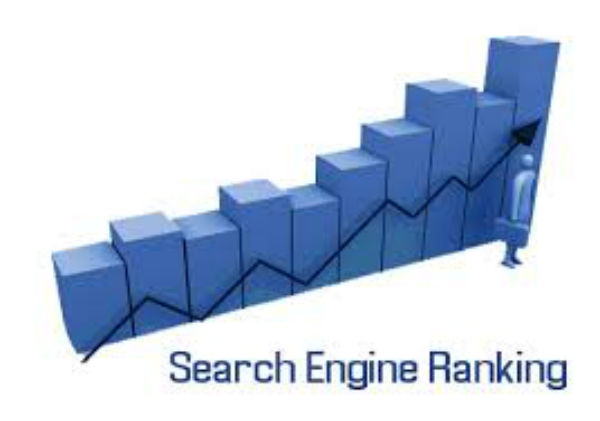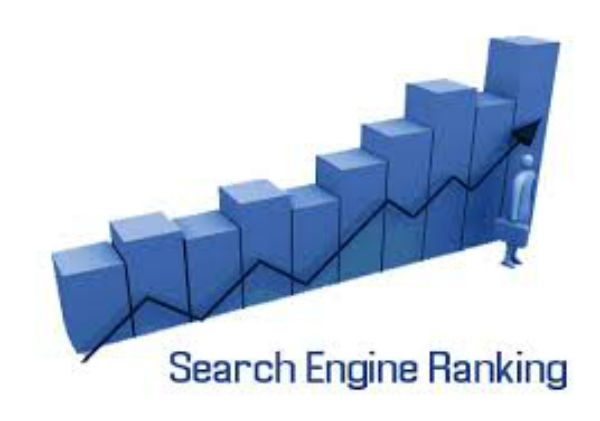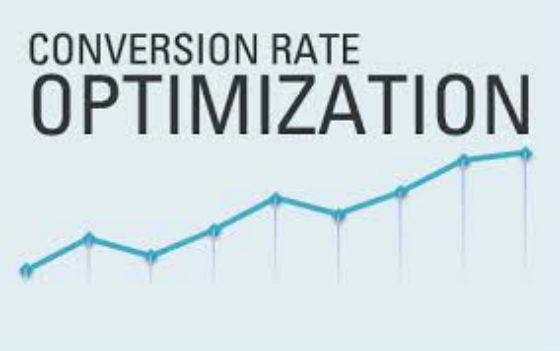![]() Posted by Cameron Francis
on
19 May , 2014
in
News Uncategorized
Posted by Cameron Francis
on
19 May , 2014
in
News Uncategorized

Keyword rankings are not the determining factor in SEO success. They don’t convey the success or value of your SEO campaigns. If you rank 15 keywords in the top 3 and they don’t generate a lot of targeted traffic and conversions, your gain is minimal. There are numerous other metrics that are far more important.

Keyword rankings may be an indication that your SEO campaigns are progressing, but they have little meaning by themselves. Here are several metrics that are much better indicators of the success of an SEO campaign.
Traffic Volume

Traffic volume is the total number of visitors that are arriving at your site from a source other than paid advertisements. When SEO efforts are successful, your traffic volume should increase over time. However, when your SEO campaigns are just starting out, results are unlikely to be evident in the first two months.
The volume of traffic you can expect depends upon how large your target audience is and the scope of your SEO campaigns. For instance, an SEO campaign that sells products or services nationwide will gain much more traffic than a successful SEO campaign that targets people searching for a local plumber.
Keep in mind, that a lot of your organic SEO traffic, perhaps the majority of it, will come from sources other than the main keywords you are targeting. When SEO is done properly, and you are creating new content on a regular basis and publishing it on your blog, you are likely to get a lot of organic traffic from long-tail, low search volume keywords to the inner pages of your site. These long-tail keywords often convert traffic better than main keywords, because they are more specific.
In addition, a lot of your traffic may come from your Google Places For Business Page, and from social media sites.
Traffic Quality
Measuring the quality of the traffic that arrives on your site takes a bit more analysis. In general, you are much better off getting a lower volume of high quality visitors, who are interested and engage with your content, than a high volume of visitors that view your site for 5 seconds and then leave. Here are a few things you can look at to determine the quality of your content.
Bounce Rate
This will is percentage of visitors who land on one page of your site, and then leave. They aren’t looking further into your site and they aren’t engaging with your content. In general, a high bounce rate is an indicator of low-quality traffic. An improving (lower) bounce rate is an indication that visitors are engaged and interested in the content of your site and the products or services you are offering.
Pages-Per-Visit
The more pages of your site that a visitor views, the more engaged they are with your content and the more interested they are likely to be in your offerings. When this metric is increasing, it’s a good indication that you are receiving better quality traffic. These are visitors who are expressing an interest in your business and examining it in more detail. Conversely, a low or declining pages-per-visit metric is an indication of low-quality traffic, or visitors that are not interested in looking further into what your business has to offer.
Average-Time-On-Site
The longer a visitor stays on your site, the more interested they are in your content and what you have to offer. When visitors are only spending a few seconds on your site and departing, they are unlikely to be impressed with your content and what you have to offer. Conversely, visitors that stay on your site for a pro-longed time period, are clearly interested in your offerings and are much higher quality visitors, from your perspective.
Google Places For Business

Another important source of website traffic for local businesses that has no relation at all to your keyword rankings is your “Google Places For Business” page. Many local search terms, such as “Melbourne Plumber” will trigger the Google Places results to be displayed in the search results. A well-designed Places page can help you to receive a lot of traffic for local search terms. Quite often, this can be the primary source of site traffic for local businesses.
Social Media Sites
Our organic SEO campaigns almost always include creating a social media presence for our clients. This will increase the awareness of your brand and drive targeted visitors to your website. Again, this traffic is totally unrelated to your keyword rankings. However, by creating an active social media presence on Facebook, Twitter, LinkedIn, Google+, and Pinterest you have the ability to engage with your prospective clients and gain more quality visitors to your business site. In addition, activity on social media sites creates what is called a “social buzz” and it has a positive impact upon your search engine results as well as driving traffic directly to your site from social media.
Conversion Rates

This is really the holy grail of online marketing. How well does your traffic convert? Generating a lot of visitors to your site, isn’t much good if they don’t convert into leads, and ultimately paying customers. Therefore, ranking well for your keywords of interest, and getting a lot of site traffic is useless if none, or very few, of these visitors convert.
You are much better off with a lower volume of traffic with a high conversion rate, than a large volume that doesn’t convert. Consequently, an improving conversion rate is a good indication that your SEO provider is doing a good job.
The process of conversion rate optimisation (CRO) involves numerous on-site and off-site factors that will have an influence on your rate of conversion.
On-Site CRO
On-site CRO involves a number of activities such as improving your page titles and meta descriptions, making sure site navigation is clear and concise, using schema mark-up to improve rankings, making sure the content on your site is optimised for keywords of interest and much more.
User Behaviour
As part of our CRO process we examine the behaviour of visitors on your site using software called Mouseflow. By examining how visitors engage with the content on your site, we can improve it for better conversions.
Authoring Content
Another factor that will improve conversions is authoring all of the content on your site on Google+. When your content is authored, it is difficult for others to “steal” it from you and an image will displayed adjacent to your listing in Google search results, which will increase your click-through-rate.
Assisted Conversions
When considering website conversions, one must also be aware of the concept of assisted conversions. For example, someone may visit your site, jot down your telephone number and call you in a couple of days. Or, they may visit your site, be impressed with your offerings, and elect to visit you in your brick-and-mortar facility. These types of conversions won’t be evident in your online conversion metrics, but they all started with a visit to your web site. Some businesses track these types of conversions by asking callers and in-store visitors if they viewed the business website prior to calling or visiting.
Conclusion
There are many important factors, other than rankings for selected keywords that determine the success or failure of your SEO campaigns. We have identified a number of them. Keep them in mind when you’re evaluating the services of your SEO provider.






